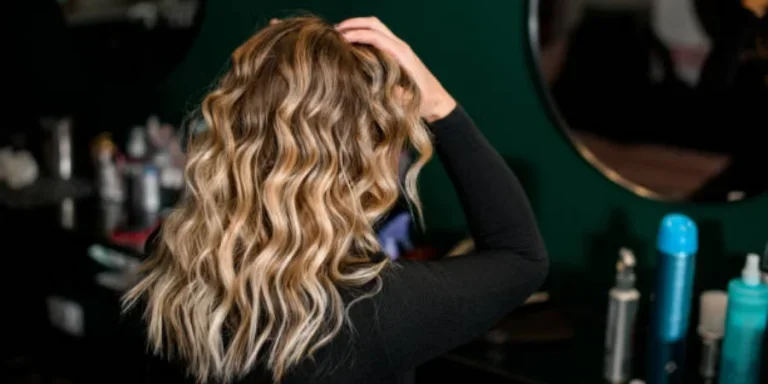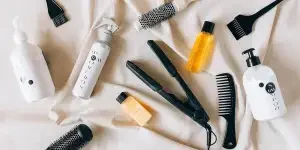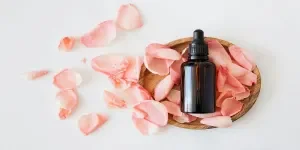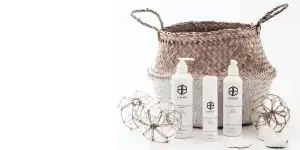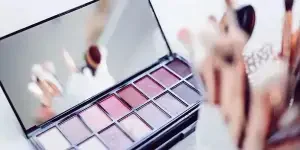Perms have made a stylish comeback, offering a low-maintenance way to achieve luscious curls or beachy waves. But one question lingers on every perm enthusiast’s mind: how long will those beautiful curls last? Whether you’re considering your first perm or you’re a seasoned curl aficionado, understanding perm longevity is crucial for maintaining your desired look. In this guide, we’ll dive into the factors that influence perm duration, share expert tips for extending curl life, and help you make the most of your permed hair journey.
Table of Contents
1. What is a perm? A brief explanation
2. Factors affecting perm longevity
3. Average lifespan of a perm
4. How to make your perm last longer
5. Signs it’s time for a touch-up or new perm
6. Conclusion
What is a perm? A brief explanation
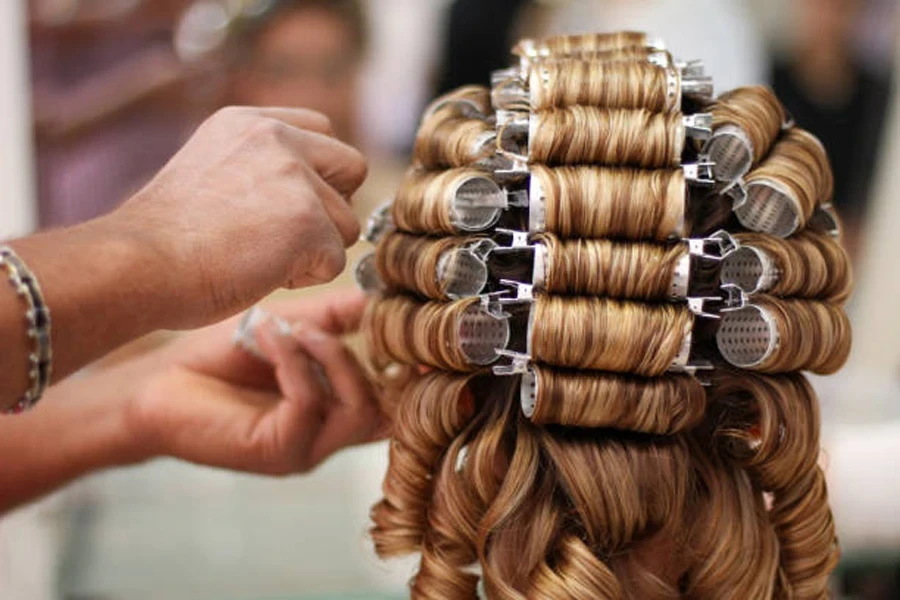
A perm, short for “permanent wave,” is a chemical hair treatment that alters the structure of your hair to create lasting curls or waves. The process involves two key steps that work together to reshape your locks:
- Breaking down hair structure: Your stylist applies a solution containing ammonium thioglycolate or another reducing agent. This chemical breaks the disulfide bonds in your hair’s keratin, essentially “resetting” its natural shape.
- Reforming new bonds: After wrapping your hair around rods or rollers, a neutralizer is applied. This step allows the disulfide bonds to reform around the new curled shape.
The result? Hair that holds its curly or wavy pattern even after washing. It’s important to note that while the term “permanent” is used, perms don’t actually last forever. The treatment affects only the hair present during the process, not new growth.
The entire perming process can take several hours, depending on your hair length and the desired result. It’s crucial to communicate clearly with your stylist about the type of curl you want, as perms offer versatility in curl tightness and pattern.
Factors affecting perm longevity
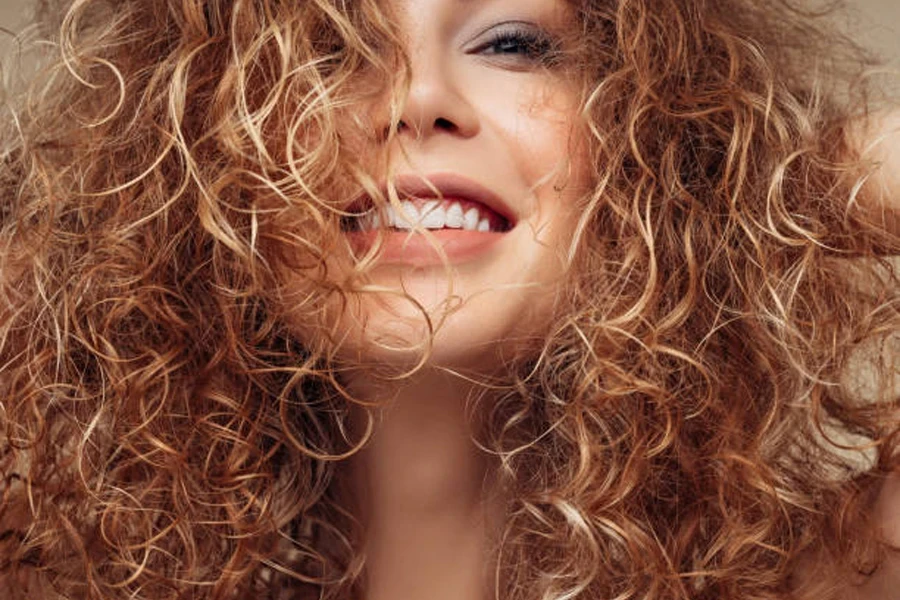
The lifespan of your perm isn’t set in stone, as several factors play crucial roles in determining how long your curls will maintain their bounce and definition. Your natural hair characteristics significantly impact perm durability. Fine hair tends to hold perms for shorter periods, while thick, coarse hair often maintains curls longer. Those with virgin hair (never chemically treated) typically experience the longest-lasting perms.
The skill of your stylist and the quality of products used are paramount. Different perm solutions and techniques can yield varying results in terms of longevity and curl pattern. How you treat your permed hair daily has a massive impact on its lifespan. Using harsh shampoos, excessive heat styling, or improper washing techniques can cause your perm to fade faster.
Your lifestyle and environment also play a role in perm longevity. Frequent swimming, exposure to hard water, or living in high-humidity areas can affect your perm’s durability. Additionally, your sleeping habits, such as using a silk pillowcase, can influence how well your curls hold up. Since perms only affect existing hair, your natural growth rate will determine how quickly you see a difference between your permed hair and new growth.
If your hair has been colored, bleached, or otherwise chemically treated before perming, it may not hold the curl as long as virgin hair would. The size of the rods used during the perming process affects not only the tightness of your curls but also how long they last. Generally, tighter curls created with smaller rods tend to last longer than looser waves.
Average lifespan of a perm

When it comes to the longevity of a perm, it’s essential to have realistic expectations. While the term “permanent” might suggest an endless duration, the truth is that perms have a finite lifespan. A typical perm lasts between three to six months. However, this timeframe can vary significantly based on the factors we discussed earlier.
For many individuals, the effects of a perm become noticeable around the three-month mark. This is when you might start to see your natural hair texture emerging at the roots, while the ends maintain their curled state. It’s important to note that this gradual transition is entirely normal and doesn’t necessarily mean your perm has “failed.”
The perception of how long a perm lasts can also depend on your hair growth rate. On average, hair grows about half an inch per month. This means that after three months, you could have up to 1.5 inches of new, unpermed growth at your roots. For some, this contrast between natural and permed hair becomes more apparent and may prompt them to consider a touch-up or a new perm.
It’s worth mentioning that the lifespan of a perm isn’t solely about how long the curl pattern remains visible. The overall health and appearance of your permed hair also play a crucial role in determining its effective duration. Even if your curls are still intact after six months, you might find that your hair needs refreshing due to factors like dryness or frizz.
How to make your perm last longer
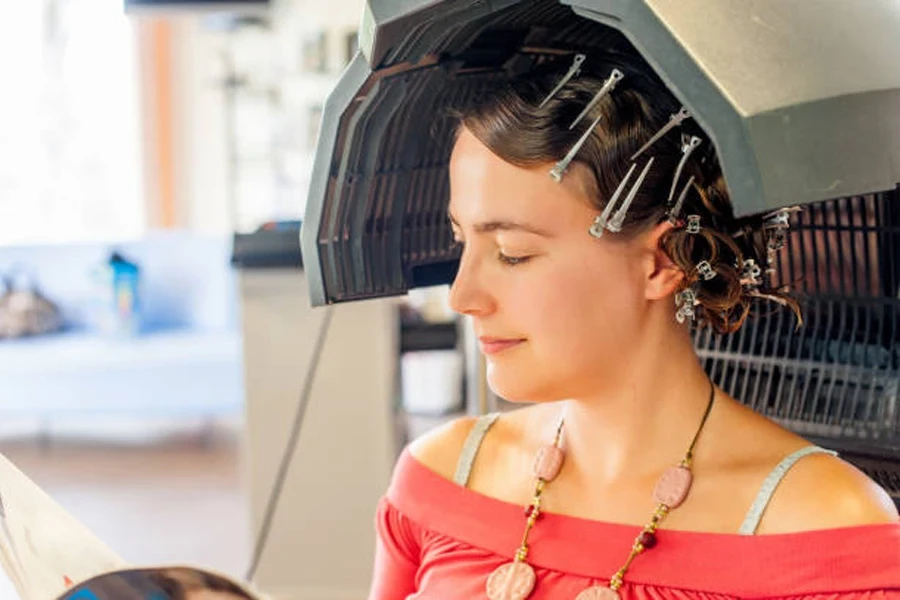
The first 48 hours after your perm are crucial. During this period, it’s essential to avoid washing your hair, tying it back, or manipulating it in any way. This allows the new bonds in your hair to set properly, ensuring the longevity of your curls.
When it comes to washing your permed hair, less is more. Overwashing can strip your hair of its natural oils, leading to dryness and frizz. Aim to wash your hair no more than two to three times a week, using lukewarm water and sulfate-free, perm-friendly shampoos and conditioners. These gentler products help maintain your hair’s moisture balance without disrupting the curl pattern.
Moisture is your perm’s best friend. Invest in a high-quality leave-in conditioner or hair oil to keep your curls hydrated between washes. It is recommended to use products specifically formulated for curly or permed hair, as these often contain ingredients that enhance curl definition and combat frizz.
Heat styling is one of the biggest enemies of permed hair. While it’s not entirely off-limits, excessive use of flat irons, curling wands, or blow dryers can weaken the perm and lead to premature straightening. When you do use heat tools, always apply a heat protectant product and keep the temperature as low as possible.
Your nighttime routine can significantly impact your perm’s longevity. Consider sleeping on a silk or satin pillowcase to reduce friction and prevent frizz. Alternatively, you can loosely wrap your hair in a silk scarf before bed. Some people find that pineappling their hair (gathering it loosely at the top of the head) helps maintain curl shape overnight.
Regular trims are essential for maintaining healthy permed hair. Aim for a trim every 6-8 weeks to remove any split ends that could lead to frizz or breakage. However, be sure to communicate clearly with your stylist about maintaining your perm’s shape and length.
Lastly, be mindful of environmental factors. If you’re a frequent swimmer, wear a swim cap or apply a leave-in conditioner before entering the pool to protect your curls from chlorine damage. In humid climates, use anti-humidity products to keep frizz at bay and maintain your curl definition.
Signs it’s time for a touch-up or new perm
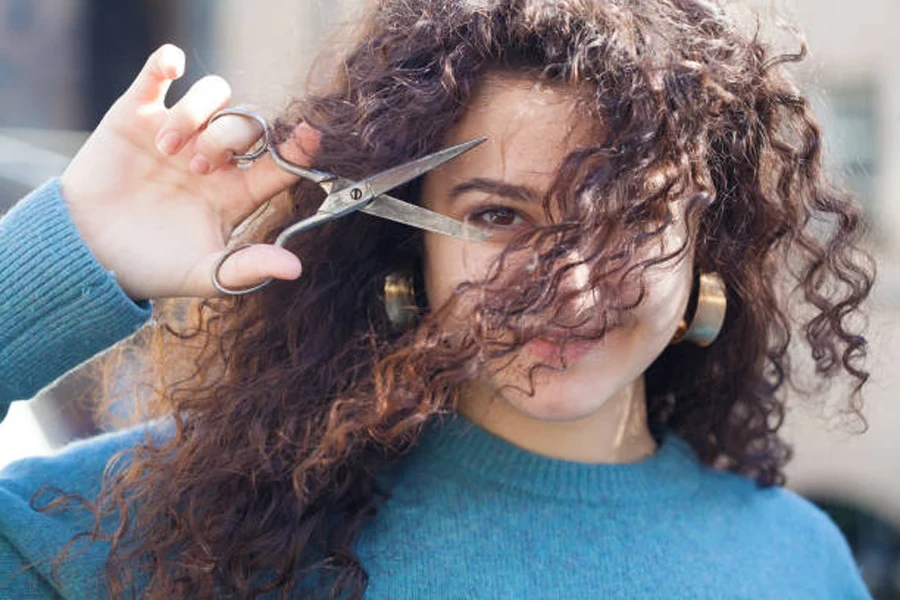
Even with diligent care, there will come a time when your perm begins to show signs of fading. One of the most obvious indicators is a noticeable difference between your roots and the rest of your hair. As your hair grows, the new growth will retain its natural texture, creating a contrast with the permed sections. This transition typically becomes apparent around the 3-month mark, though it can vary depending on your hair growth rate.
Another sign to watch for is a significant loss of curl definition. If your once-bouncy curls have become limp or started to straighten out, especially towards the ends, it might be time for a refresh. Pay attention to how your hair responds to styling. If you find yourself struggling to maintain your desired look or needing to use more product than usual to achieve definition, these could be indications that your perm is losing its strength.
When considering a touch-up or new perm, timing is crucial. Hair care experts advise waiting at least three months between perming treatments to minimize damage to your hair. Remember, the decision should be based not only on the appearance of your curls but also on the overall health of your hair. If your hair feels brittle or shows signs of significant damage, it might be wise to give it a break from chemical treatments and focus on restoration before considering another perm.
Conclusion
Understanding the lifespan of a perm empowers you to make informed decisions about your hair care journey. While perms typically last three to six months, proper maintenance can extend their longevity and keep your curls looking fresh. Remember, embracing permed hair is about more than just maintaining curls—it’s a lifestyle choice that can transform your entire hair care routine. By following the care tips we’ve discussed, staying attentive to your hair’s needs, and maintaining open communication with your stylist, you can enjoy beautiful, bouncy curls for months. Whether you’re a perm veteran or considering your first curl transformation, you’re now equipped with the knowledge to make the most of this versatile and stylish hair treatment. So, are you ready to embark on your curly hair adventure?
